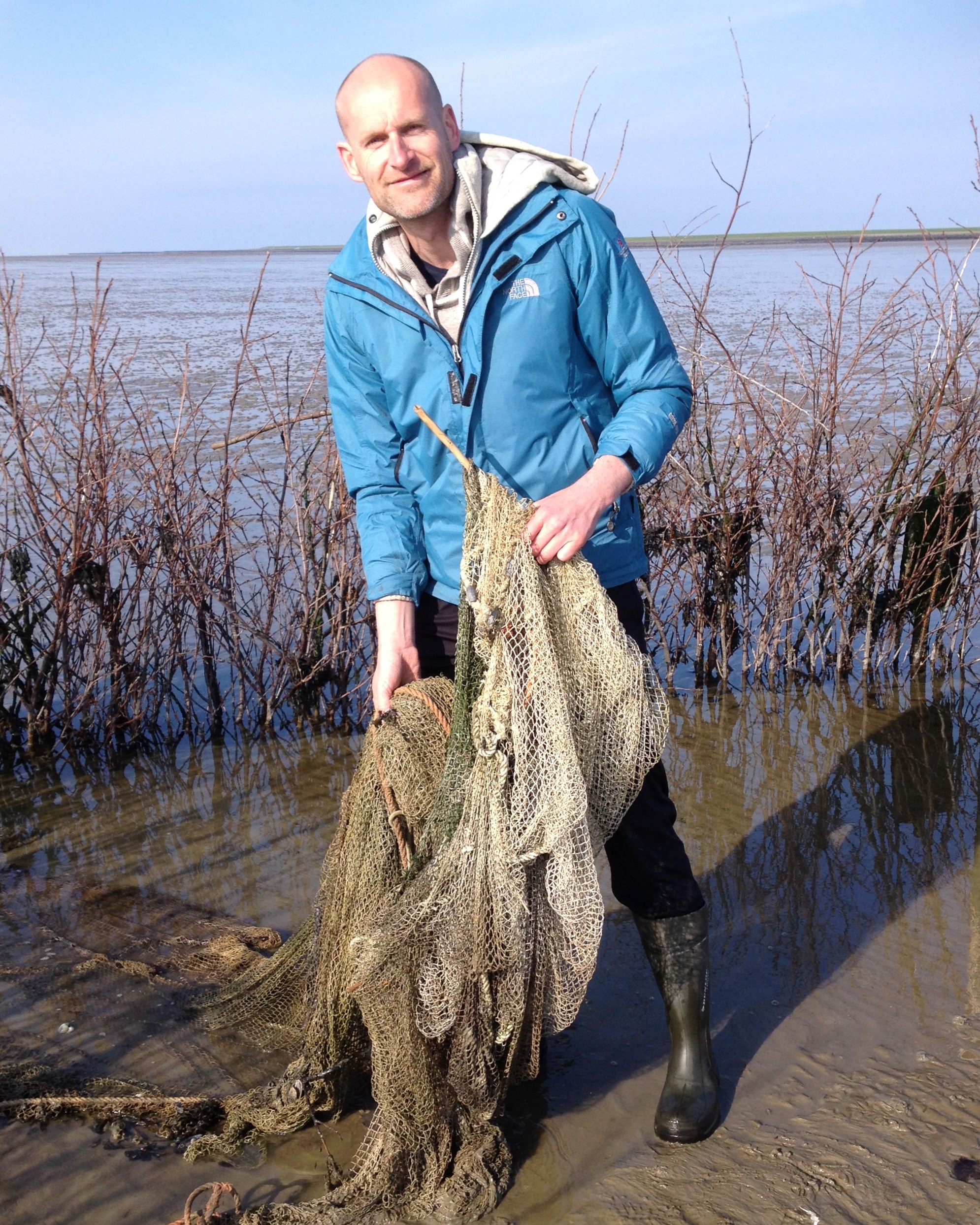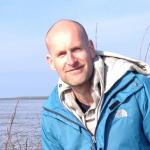She explained how salmon eat insects that depend on the forest and, in return, forests receive nutrients that salmon bring to spawning grounds. She was right, of course. It all connects! In the world of nature protection, we focus on setting objectives for species, habitats or certain ecosystems, but we sometimes overlook the connections between it all. One of the unique things about migratory species is that they connect. Not only do they connect ecosystems, as salmon do with oceans and forests, but they can also connect people.
I realized the strength of this connection years ago, when I was part of an international agreement to protect wetlands (Waddensea Flyways Initiative). We all gathered to sign the agreement officially and gave a short speech. Then it happened. One of the African representatives started talking about “our birds,” the birds that migrated to their African wetlands every year, staying for months each time. These were the same birds that passed through my country in Europe every year for a few weeks! Of course, rationally I already knew this, but at that moment I felt that we shared something close to our hearts. This shared feeling gave everyone extra motivation to cooperate.
I think that recognizing connections is valuable, not only for protecting species but also for society as a whole. With growing international tensions, isn’t it worth identifying all of the issues that encourage people all over the world to connect?
In this context, it seems so strange to me that we tend to overlook an entire group of species that are relevant to so many people—freshwater fish! I have met many people throughout my career who spend a large part of their lives around rivers, nature and fish, and I have noticed that many of them are frustrated about the lack of attention to freshwater fish. One challenge to overcome is that we do not often see fish. Many people don’t know about their daily activities and the arduous migrations they make throughout their lives. Let’s change that!
Several decades ago, the concept of Flyways was established and it has since been quite successful in mobilizing international protection of birds. Now, we are hoping to do the same for freshwater fish using what we call “swimways”. Together with partners like IUCN, Cambridge University, and UN WCMC, we will draft the first global map of the main migratory routes of freshwater fish. People living along Swimways can be connected through their love and need for species like eels, salmon, trout, and sticklebacks, and know that nature relies on them for natural balance. Can I ask you to join our efforts to map the Global Swimways? Together we can find out how they relate to other systems, including civilization, and identify how freshwater fish abundance can be improved. Let’s connect!
Freshwater ecosystems will be a major theme of discussion at the next IUCN World Conservation Congress 2020 in Marseille, France.
About the author

Arjan Berkhuysen is the Managing Director of the World Fish Migration Foundation



